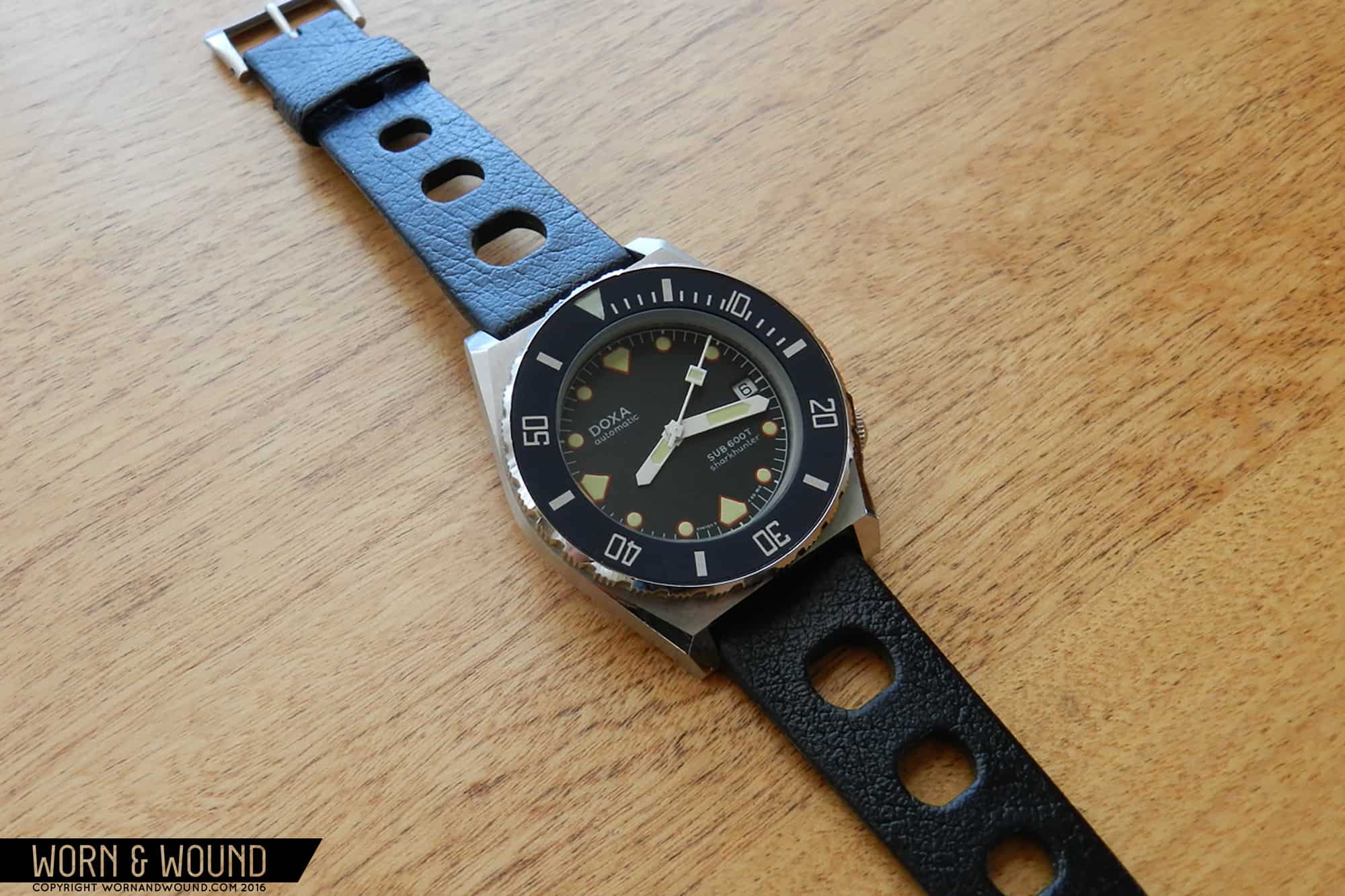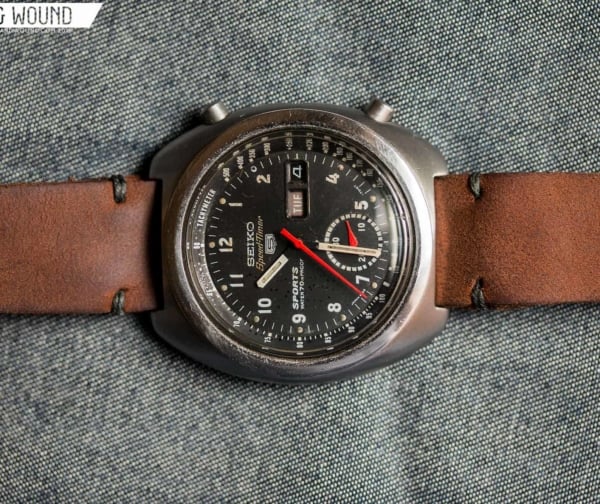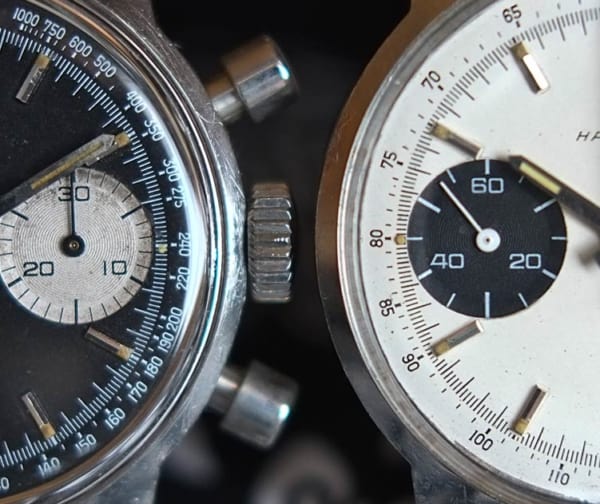When you say “DOXA” to a dive watch collector, they automatically think of the iconic tonneau cased, orange dialed diver with the decompression bezel immortalized by Clive Cussler’s adventure hero Dirk Pitt. Starting in 1967 and continuing to the present, this classic and uniquely styled diver epitomizes DOXA dive watches. Over the decades the DOXA Sub has gone through many iterations, some subtle and some not so, yet still retaining the styling cues that make it unique. However, in 1978 DOXA was acquired by the Aubry Freres Company, and during the early 1980’s they produced some radically different designs in addition to the classic tonneau divers. Now, I won’t go in to the whole DOXA Sub history here, but the Aubry story bears telling.
 Aubry Freres was founded in 1917, and later changed their name to CINY. In the early 1970’s they began to expand by acquiring other watch manufacturers. In 1972 they acquired Arthur Dorsaz et Cie which made Dogma watches, then in 1973 they absorbed the West End Watch Co, which enlarged their manufacturing and distribution capabilities. This larger group was known as CWD. Finally, in 1978 the CWD group acquired Ernest Borel, Aureole, and……you guessed it: DOXA. Aubry was now in the dive watch market, and they chose to make changes to the DOXA Sub line, significantly altering the case and bezel, as well as the dial. In addition, they expanded the range of divers to include the Sub 600T (reviewed here), Sub 750T and the Sub 1000T models.
Aubry Freres was founded in 1917, and later changed their name to CINY. In the early 1970’s they began to expand by acquiring other watch manufacturers. In 1972 they acquired Arthur Dorsaz et Cie which made Dogma watches, then in 1973 they absorbed the West End Watch Co, which enlarged their manufacturing and distribution capabilities. This larger group was known as CWD. Finally, in 1978 the CWD group acquired Ernest Borel, Aureole, and……you guessed it: DOXA. Aubry was now in the dive watch market, and they chose to make changes to the DOXA Sub line, significantly altering the case and bezel, as well as the dial. In addition, they expanded the range of divers to include the Sub 600T (reviewed here), Sub 750T and the Sub 1000T models.









 Featured Videos
Featured Videos











